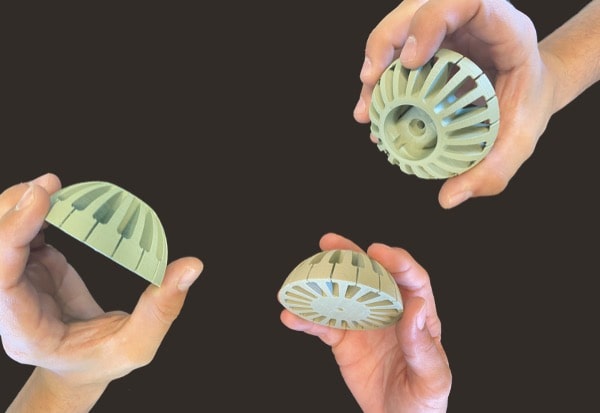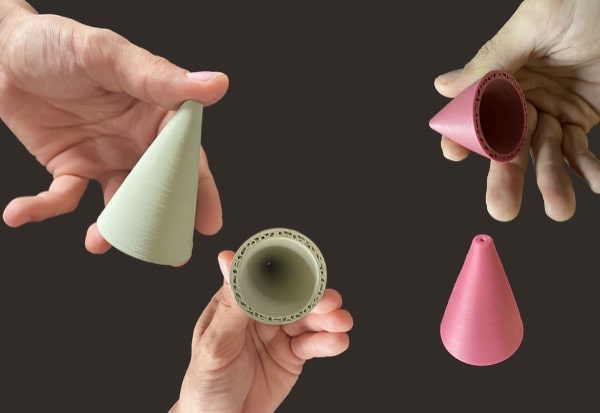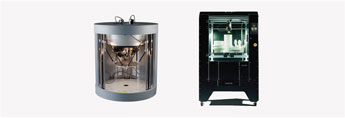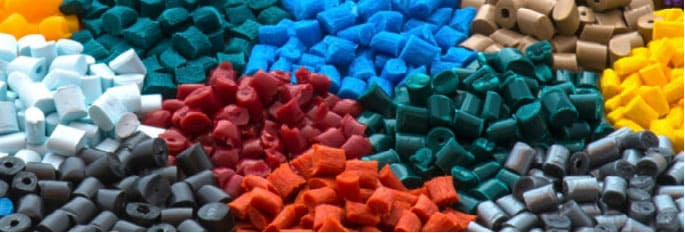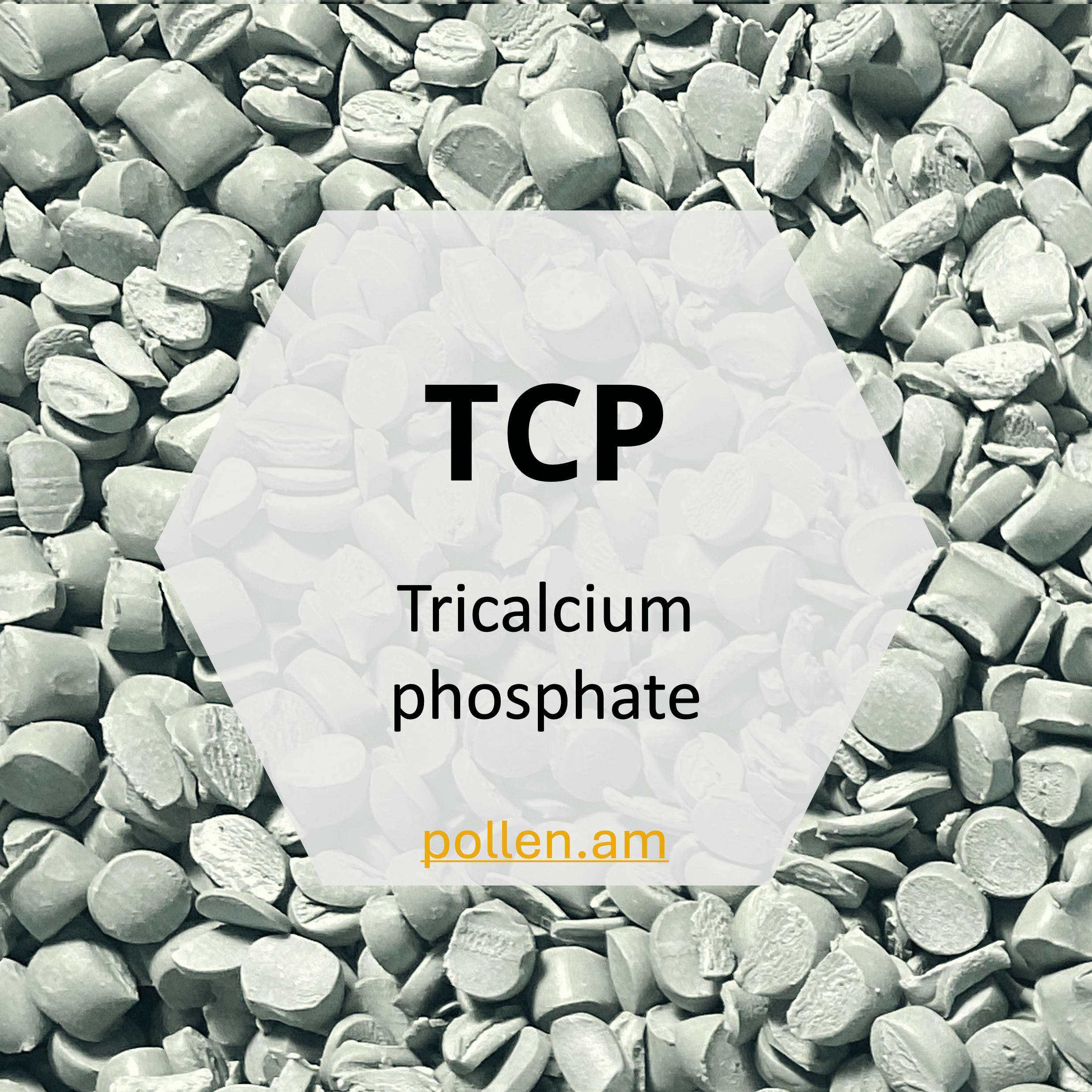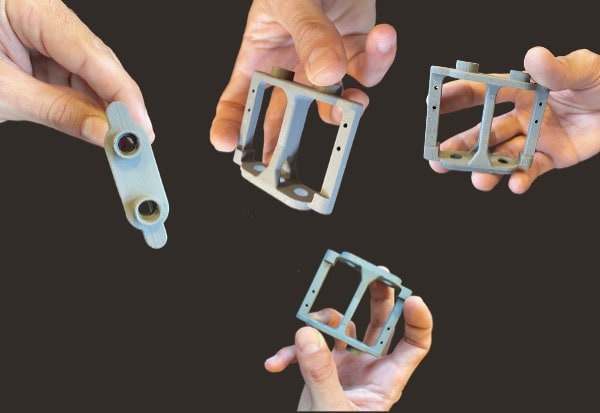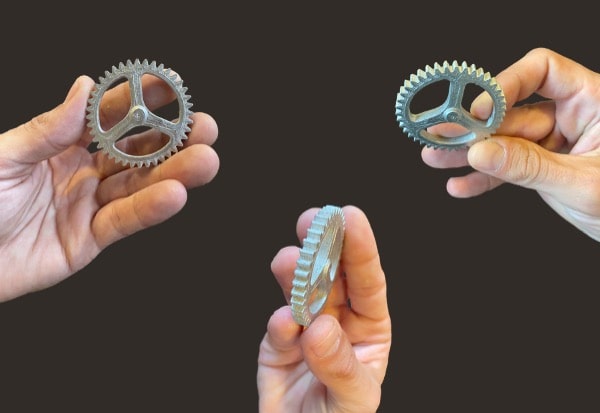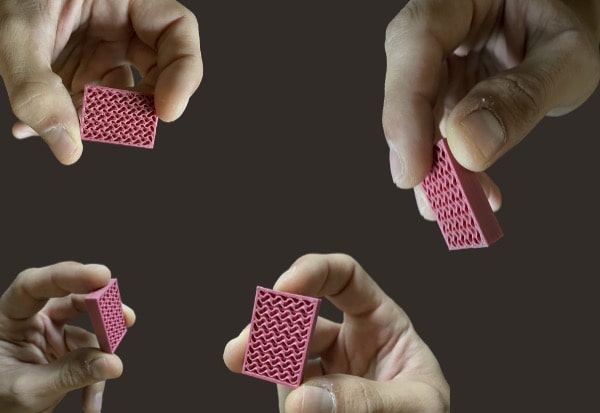
Phosphate tricalcique (TCP)
Tricalcium phosphate (TCP) ceramics are a biocompatible ceramic material mainly used in medical applications, particularly in orthopaedics and dentistry. Its chemical composition is dominated by calcium phosphate, which gives it properties similar to those of bone, thus promoting its integration into bone tissue. One of the strengths of TCP is its ability to promote bone growth, making it an excellent choice for implants and bone grafts. In addition, its controlled degradation in the body allows for gradual substitution by bone tissue.
Composition
| Component | Concentration | Comment |
|---|---|---|
| Ca3(PO4)2 (TCP) | Balance | The main constituent of ceramics, a source of calcium and phosphate. |
| MgO (magnesium oxide) | < 5 % | May be added to improve mechanical resistance and bioactivity. |
| Na2O (oxyde de sodium) | < 1 % | Used in traces to adjust solubility and bioactivity. |
| Fe2O3sub> (oxyde de fer) | < 0,5 % | Common impurity that does not significantly affect the properties. |
Discover Metal and Ceramic 3D printed parts

